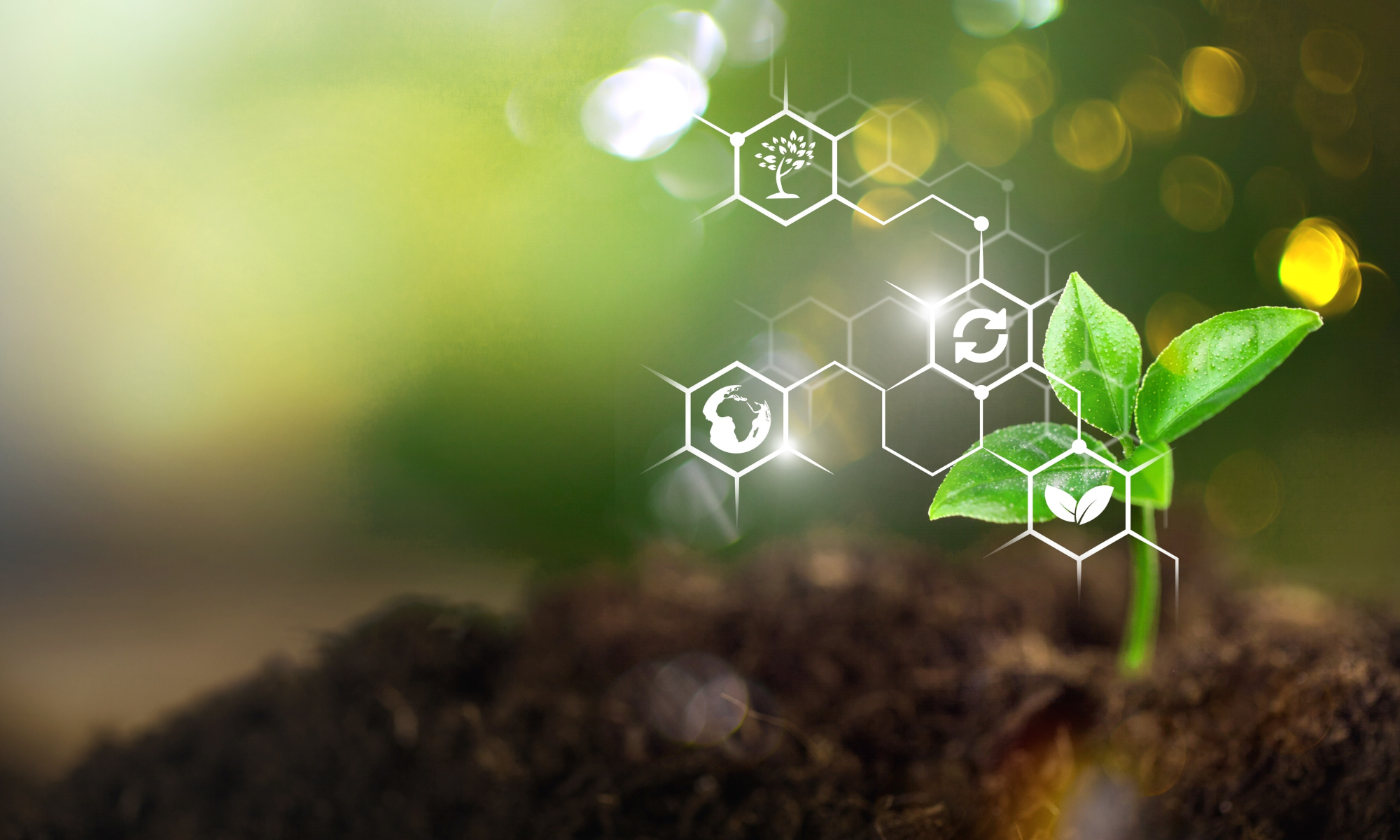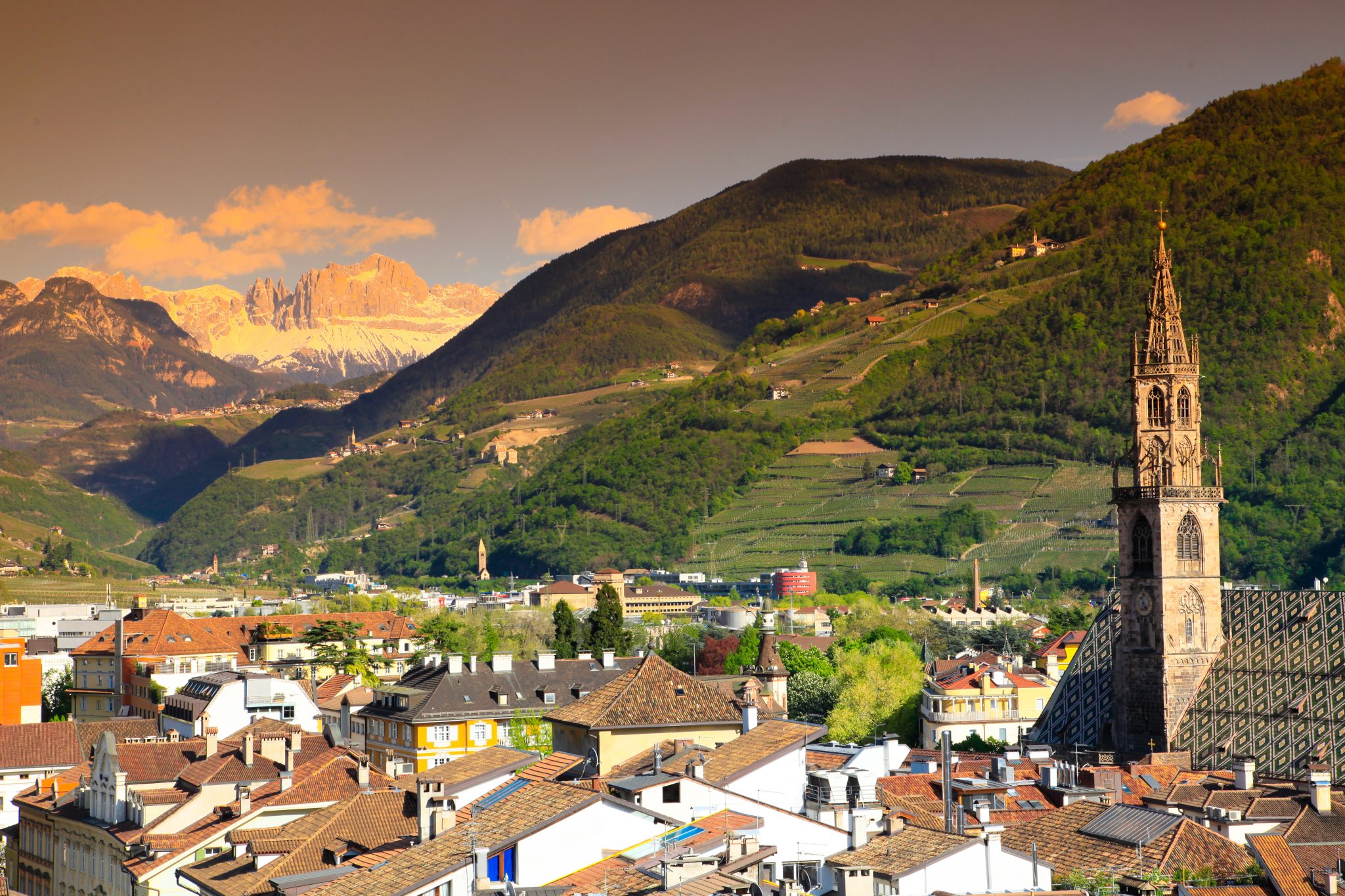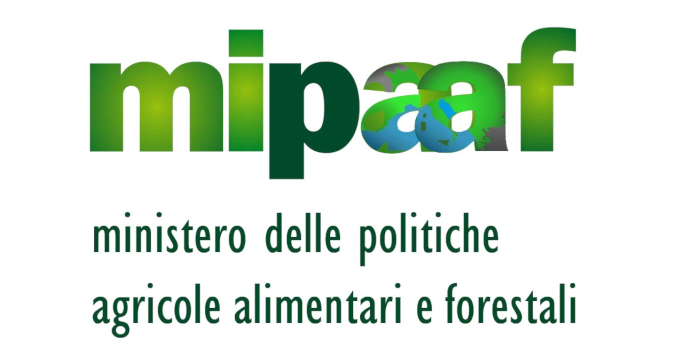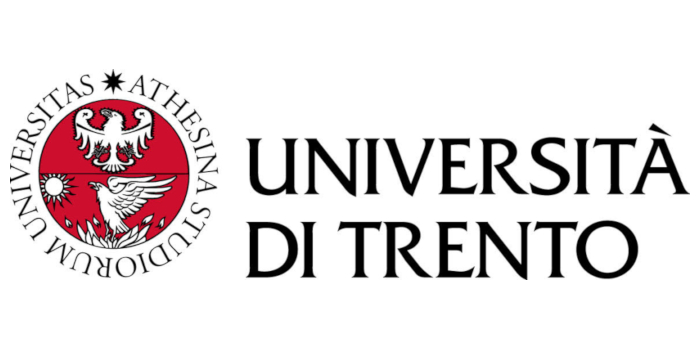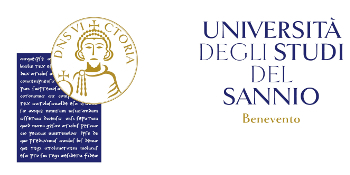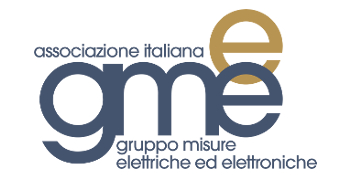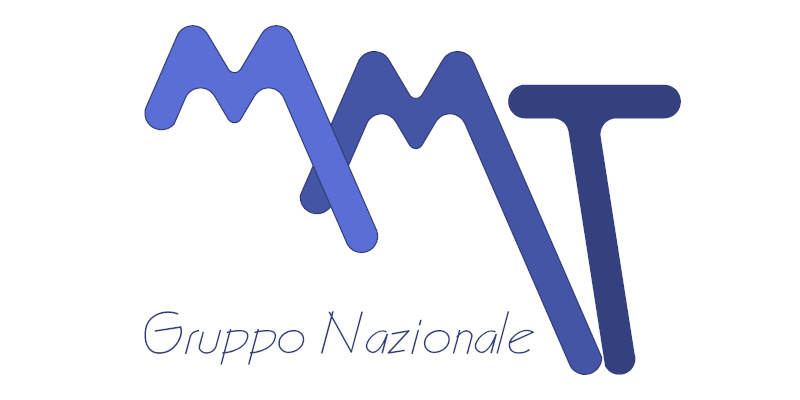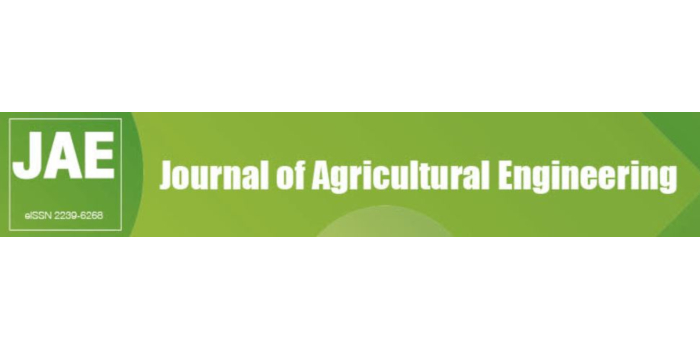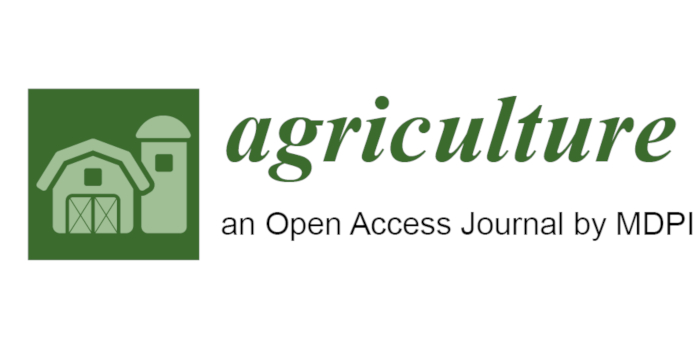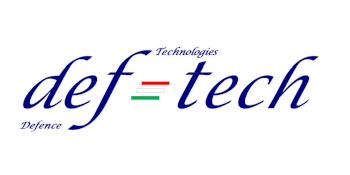Emerging instrumentation for in-situ monitoring of physiological and soil parameters related to water-stress
ORGANIZED BY
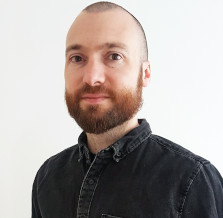
Dinko Oletić
University of Zagreb, Faculty of Electrical Engineering and Computing, Croatia

Sabine Rosner
BOKU University, Institute of Botany, Austria

Guillaume Charrier
INRAE, PIAF laboratory, Clermont-Ferrand, France
ABSTRACT
Understanding physiological mechanisms of progression, response and resilience to water-stress across different plant species is crucial for defending against damages caused by seasonal droughts, climate changes, and for design of future precision-irrigation techniques, making food-production more efficient and sustainable. Supported by novel measurement methods, sensors, instrumentation, and signal analysis tools, plant-physiology has recently come to very exciting advances in the domains of water-transport hydraulics, in-vivo visualization of water-conduit tissues and flow, understanding drought-induced xylem embolization and refilling dynamics, linking limits of hydraulic conductivity loss to drought-induced mortality etc. This session covers emerging in-situ, point-measurement methods for quantifying the level of water-stress in plants' tissues and soil. The session will try to bridge the gap between water-stress related physical quantities and physiological parameters needed by biologists, agronomists, and foresters, and associated metrological and technological challenges solved by engineers while designing the associated sensors, electronic instrumentation, and signal analysis methods for their measurement. Special attention is put on translating referent laboratory methods from laboratory into the field, and on designing field-deployable hardware. Such tools shall facilitate novel long-term field studies of water-stress.
TOPICS
Topics include, but are not limited to:
- plant hydraulics: hydraulic conductivity, vulnerability measurements and modeling
- xylem cavitation and embolization: ultrasonic acoustic emissions, X-ray micro-CT
- sap flow measurements: thermal anemometry, nuclear magnetic resonance
- leaf and stem water potential: psychrometers, pressure probes
- leaf parameters: temperature, wetness, turgescence, stomatal conductance, transpiration rate
- stem water content: RF, capacitive, dendrometry
- fruit ripeness, quality, or damage: dendrometry, electromagnetic, optical methods
- soil water availability: capacitive, inductive sensors, ground-penetration radars, neutron probes
- soil water potential: tensiometers, thermocouple psychrometers, thermal conductivity
- emerging field-deployable measurement methods, sensors, and instrumentation
- experiences from field experiments and early-stage field testing
KEYWORDS
water-stress, drought, precision irrigation, soil water content, soil water potential, leaf turgescence, stomatal conductance, transpiration rate, stem water content, plant hydraulics, water transport modelling, sap-flow, xylem cavitations, xylem embolism, fruit ripeness, fruit quality, sensor design, field-instrumentation, field experiments.
ABOUT THE ORGANIZERS
Assistant Prof. Dr. Dinko Oletić works at University of Zagreb, Faculty of Electrical Engineering and Computing, Department for Electronic Systems and Information Processing. He is focused on researching novel, field-deployable instrumentation for early, automated detection of plant water-stress. His research domain are low-power design of MEMS sensors, electronics sensor readout interfaces, and near-sensor processing on energy-constrained embedded systems. Dr. Oletić is member of IEEE from 2010. He received his PhD from University of Zagreb in 2016. In 2015 and 2016 he was a visiting doctoral researcher at ETH Zurich, Integrated Systems Laboratory, collaborating on ultra-low power design of autonomous mixed-signal sensor interfaces. Since 2017, he collaborates with prof. Rosner from BOKU, Vienna on designing miniaturized, embedded instrumentation for field-monitoring of water-stress induced ultrasonic xylem emissions. In 2019 he was a visiting postdoc researcher at Centre for Nanoscience and Nanotechnology, France, collaborating on design of next-generation ultrasonic MEMS sensors for detection of xylem embolism.
Assoc. Prof. Dr. Sabine Rosner studied forestry and made her PhD in 1998 at BOKU University, Vienna. Until 2012 she was employed within several consecutive projects funded by the Austrian Science Fund (FWF) and by the European Union. In 2013, she obtained the Venia docendi for “Ecophysiology of plants” and, since 2017, she is an associate professor at the Institute of Botany at BOKU University, Vienna. Assoc. Prof. Rosner is a specialist in structure-function relationships and acoustic emission testing of plants. One of her main interest is the development of fast and non-destructive assessment of hydraulic vulnerability of woody plants. In that regard, she developed an acoustic emission feature analysis method to estimate hydraulic conductivity loss in conifers and introduced several novel functional traits to estimate the hydraulic sensitivity of woody plant stems. In order to develop reliable anatomical proxies for drought sensitivity, she takes into account hydraulic as well as biomechanical functional aspects of woody stems.
Dr. Guillaume Charrier is a plant ecophysiology researcher at INRAE in the PIAF lab at Clermont-Ferrand, France. He is interested in the impact of abiotic stresses on plant physiology. He obtained a PhD in plant ecophysiology in 2011 from the University Blaise Pascal, Clermont-Ferrand, France. He uses experimental results to explain, develop concepts and model the processes related to frost and drought vulnerabilities (e.g. carbon balance, phenology, hydraulic conductivity, stomatal conductance) and how it impacts plant distribution.
